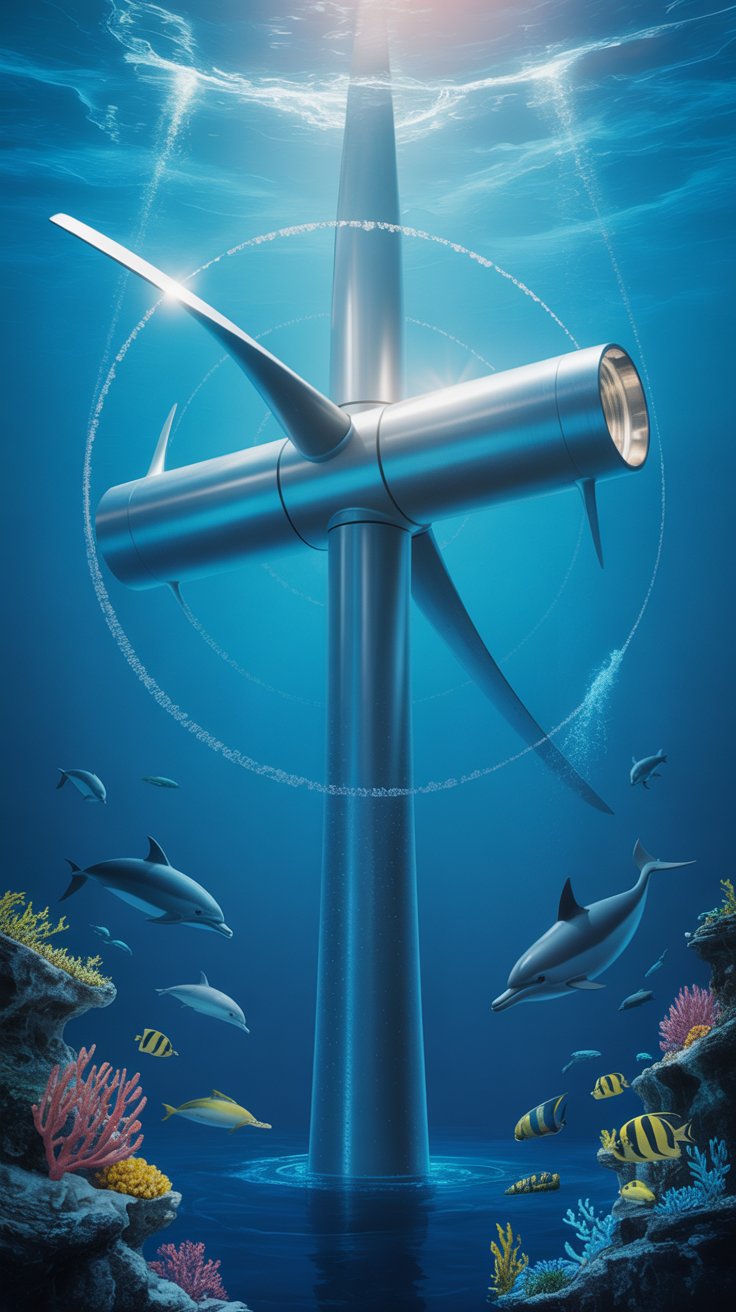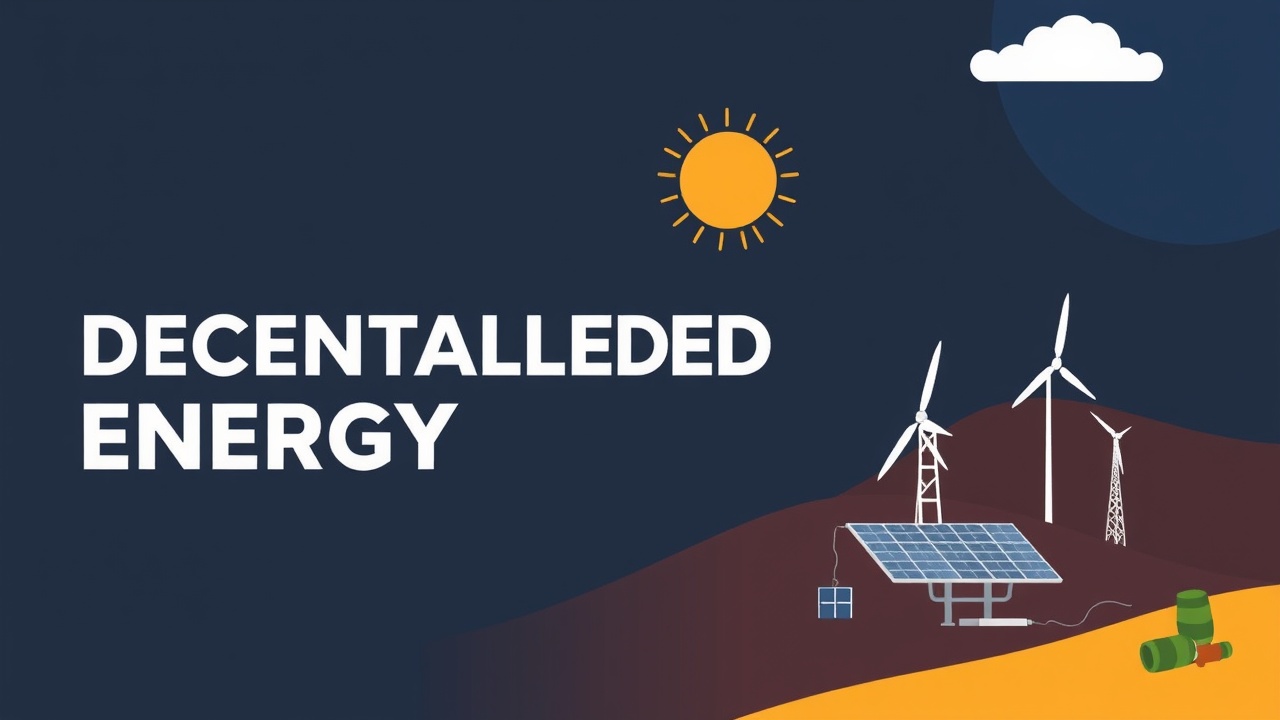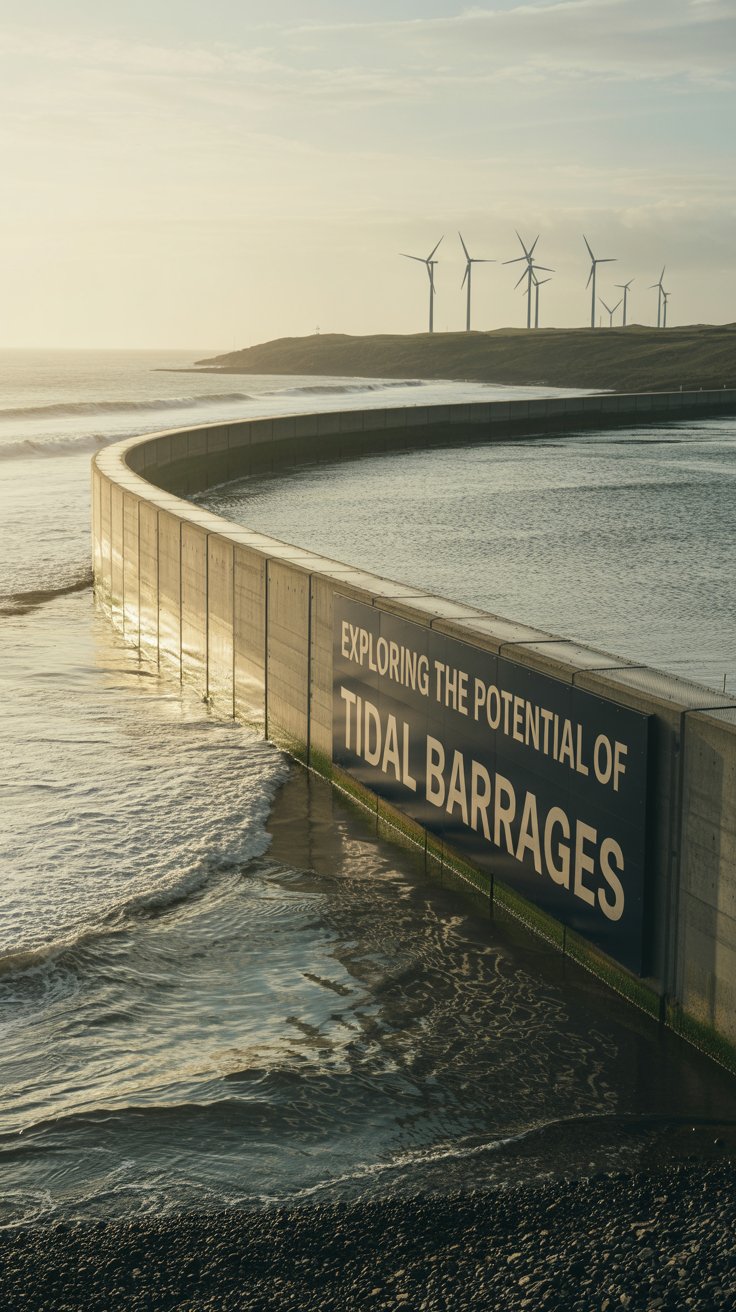Introduction
Tidal energy is often heralded as a clean and renewable solution to the world’s growing energy needs. However, environmental considerations for tidal energy projects are critical to ensuring that the transition to tidal power is both sustainable and environmentally responsible.
While tidal energy offers significant benefits, including reduced greenhouse gas emissions and predictable energy production, the potential impact on marine ecosystems must be carefully evaluated.
In this article, we explore the key environmental factors that must be considered when planning and implementing tidal energy projects.
Table of Contents
What is tidal energy?
Tidal energy is a form of renewable energy that harnesses the power of tidal movements in oceans and seas. It typically involves two methods of generation: tidal stream generators, which use the kinetic energy of moving water, and tidal barrages, which use the potential energy created by the rise and fall of tides.
While tidal energy has the potential to provide a significant source of clean electricity, understanding the environmental considerations for tidal energy projects is essential to ensure that these projects do not harm the ecosystems in which they operate.
Environmental Considerations for Tidal Energy Projects
Impact on Marine Life
Effects on Fish and Marine Mammals
Tidal energy projects can have a direct impact on marine life, particularly fish and marine mammals. The construction and operation of turbines can disrupt migratory paths, alter feeding grounds, and cause physical harm to animals. For example, fast-moving turbine blades could pose a threat to smaller fish species, while larger marine mammals may be affected by changes in their natural environment.
Potential Disruption to Habitats
Tidal energy infrastructure, including turbines and barrages, can alter the natural flow of water and change the physical structure of marine habitats. These disruptions can affect everything from seabed organisms to coastal vegetation, which are critical to local biodiversity.
Water Quality and Sediment Displacement
Changes in Water Flow Patterns
The introduction of tidal turbines and other energy infrastructure can impact water flow patterns, potentially causing water stagnation or changes in water temperature.
These changes can affect the distribution of nutrients and oxygen in the water, which may, in turn, impact the health of marine life.
Sediment Movement and Contamination
The construction of tidal energy projects can result in the displacement of sediments on the seabed, which can release harmful substances into the water.
This sediment disturbance could lead to contamination, affecting water quality and the health of marine ecosystems.
Noise and Visual Pollution
Underwater Noise and Its Effects
The operation of tidal turbines generates underwater noise, which can disturb marine life. Many marine species, including whales and dolphins, rely on echolocation to navigate and communicate.
The noise produced by turbines can interfere with these natural behaviors, potentially leading to disorientation, stress, and disruptions in migration patterns.
Aesthetic Impacts on Coastal Communities
Though less discussed, visual pollution is also a consideration for tidal energy projects. Coastal communities may have concerns about the visual impact of large turbines and infrastructure on the natural landscape, which could affect local tourism or residents’ quality of life.
Mitigation Strategies for Environmental Impact
Marine Spatial Planning
Marine spatial planning is an approach that involves carefully selecting sites for tidal energy projects to minimize their environmental impact. By analyzing marine ecosystems and potential impacts, planners can identify locations where tidal energy production can occur with minimal disruption to wildlife and habitats.
Environmental Monitoring and Adaptive Management
Ongoing environmental monitoring is crucial to understanding the long-term effects of tidal energy projects. By continuously assessing the health of marine ecosystems, project developers can adapt and implement strategies to mitigate adverse impacts, ensuring that projects remain environmentally responsible.
Case Studies of Environmental Considerations in Tidal Energy Projects
The MeyGen Project (Scotland)
The MeyGen tidal energy project, located in Scotland, is one of the world’s largest tidal energy projects. Developers have taken great care to address environmental concerns, including the installation of monitoring systems to track marine life and water quality.
The project has demonstrated the feasibility of tidal energy while minimizing its impact on the surrounding ecosystem.
The Sihwa Lake Tidal Power Station (South Korea)
In South Korea, the Sihwa Lake Tidal Power Station is another example of a large-scale tidal energy project that has successfully incorporated environmental considerations.
Developers conducted extensive environmental assessments to ensure that local marine life would not be adversely affected. The project has helped pave the way for future tidal energy initiatives in the region.
Conclusion
Tidal energy projects hold great promise for generating clean, renewable energy, but environmental considerations must always be at the forefront of their development.
By understanding the potential impacts on marine ecosystems, water quality, and coastal communities, developers can implement strategies to mitigate these effects and ensure that tidal energy becomes a truly sustainable energy source.
With careful planning and responsible implementation, tidal energy has the potential to play a crucial role in the global transition to clean energy.
FAQ
- What are the main environmental concerns of tidal energy projects?
The main concerns include impacts on marine life, habitat disruption, water quality changes, and noise pollution. - How can tidal energy projects impact fish and marine mammals?
Tidal turbines may disrupt migratory paths, feeding grounds, and cause physical harm to marine life, especially smaller fish and larger mammals. - What strategies can minimize environmental impacts?
Marine spatial planning, environmental monitoring, and adaptive management practices help reduce negative effects on ecosystems. - Do tidal energy projects affect local water quality?
Yes, changes in water flow and sediment displacement can impact water quality, potentially leading to contamination and disruptions in marine ecosystems. - Are there any examples of successful tidal energy projects?
The MeyGen Project in Scotland and the Sihwa Lake Tidal Power Station in South Korea are notable examples of successful tidal energy projects with environmental considerations.





Leave a Reply